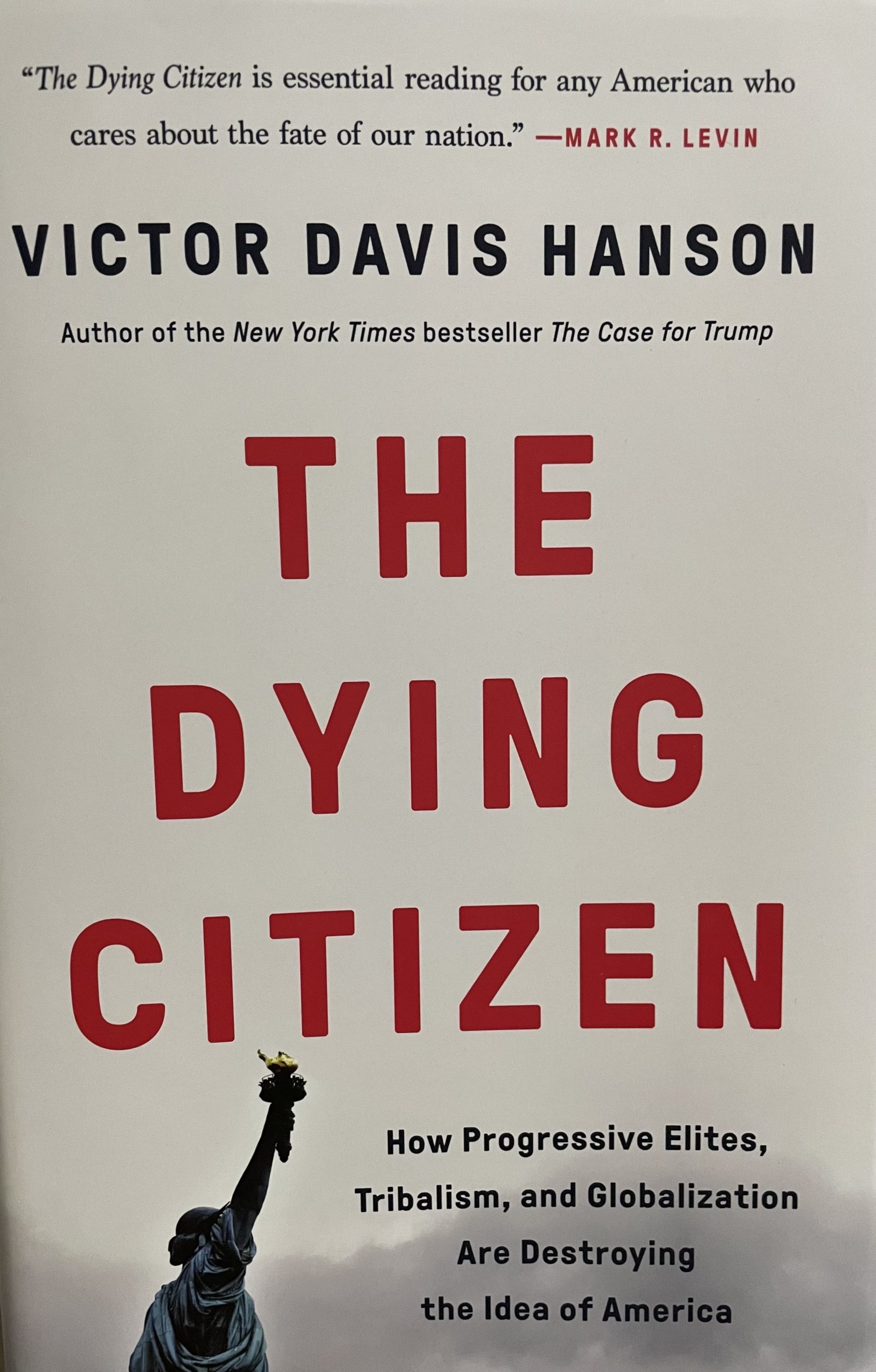Living in a country where women lawyers, doctors, and CEOs are ubiquitous, Americans often take advantage of the many opportunities granted by freedom. Meanwhile, across the ocean, women in Afghanistan face oppression and suppression every day.
However, within the last decade, Afghan women have gained more access to education and more involvement in the political process, due to American intervention. With American troops beginning to withdraw from Afghanistan in 2014, Afghans fear the rise of the Taliban more than ever.
The upcoming political transition is very important to tribal leaders, Kabul male elites, and women, according to Jim Marshall, president of the U.S. Institute of Peace. “What’s looming is what’s most important,” Marshall said at a forum about women in Afghanistan at the Heritage Foundation.
The future and freedom of the Afghan women stands at the forefront of the bipartisan initiative led by Congresswomen Cathy McMorris-Rodgers (R-WA) and Donna Edwards (D-MD). “As a woman and a mom, it is a cause that is very dear to my heart,” McMorris-Rodgers said.
Together with the U.S. Afghan Women’s Council, McMorris- Rodgers and Edwards have teamed up to mentor Afghan women, bringing them to the U.S. to start their own businesses. Today, many Afghan women serve as teachers, business owners, and Parliament members. However, “they are still scared to death about troops leaving next year because there are pockets of terrorists,” McMorris- Rodgers said.
With the Taliban in power, women and girls were unable to leave their homes, forced to wear burkas, and denied an education, according to McMorris- Rodgers. “Terrorists gain power by oppressing women,” McMorris- Rodgers said. “I am more compelled than ever to fight back on this oppression.”
McMorris- Rodgers told a story about an Afghan woman whose nose and ears were cut off before she was left to die after fleeing an arranged marriage to a Taliban fighter. She then told a story of an Afghan indentured servant who was beaten with weaving tools every day of her life. She even spoke of the only-woman owned printing company in Afghanistan and how her building was burned down by men who wanted to sabotage her business.
Edwards spoke of her experiences in Afghanistan, and told of business women and girls who were put in prison because they had been accused of crimes related to their gender. However, Edwards said that Afghan women have made great strides in the last ten years, with the aid of U.S. involvement.
Edwards recalled an experience in Afghanistan which she described as “profound.” In a meeting with Afghan women, all the women walked in, donning burkas. However, eventually, all the burkas came off and they talked simply “as women.” When the meeting ended, the women covered themselves once again as they went back into their communities.
Hossai Wardak, Afghanistan Senior Visiting Expert at the U.S. Institute of Peace and a native of Afghanistan explained the incredible gains made by Afghan women within the last decade. Only ten years ago, the average life expectancy for an Afghan woman was 44 years, and every two hours, a woman died due to childbirth complications.
Today, the average life expectancy for an Afghan woman is 62 years and nearly three million girls attend school in Afghanistan. Over 28 percent of those serving in the Afghan Parliament are women. However, “we still have a long way to go,” according to Wardak.
Focusing on youth, education, and jobs are the three most important tools, according to Charlotte Ponticelli, Former Senior Coordinator for International Women’s Issues at the U.S. Department of State. Also, it is vital that we invest in the education of boys and men as well as women and girls. “The best way to help women is to keep sending boys to school,” Ponticelli said.
Andrew Wilder, Director of the Afghanistan and Pakistan Program at the U.S. Institute of Peace, moved to Kabul in 2002 and observed that the problem with education “is now a supply and quality issue,” not only demand and access. He hired women under false job descriptions in order to keep them employed, under the Taliban’s insistence that women could only work in health professions.
According to Lisa Curtis, Senior Research Fellow on South Asia at the Asian Studies Center at the Heritage Foundation, 2014 will not be the end of U.S. engagement in Afghanistan. She believes we should begin to “shift from a combat role to a supportive role.” Curtis predicts that we need at least 20,000 forces in Afghanistan to maintain the gains women have made.
Clare Lockhart, Chief Executive Officer at the Institute for State Effectiveness, urges Americans to “change our language” about the way we speak about Afghanistan. She believes when Afghans hear the word “withdraw” they think “abandonment.” Lockhart asks Americans to use more accurate words, such as “transition” or “shift.”
“Remember, they deserve a future that is free from fear and oppression,” McMorris-Rodgers said. “Terrorists cannot succeed when women are empowered.”
Ali Swee is an intern at the American Journalism Center, a training program run jointly by Accuracy in Academia and its sister organization— Accuracy in Media.
If you would like to comment on this article, e-mail mal.kline@academia.org.










